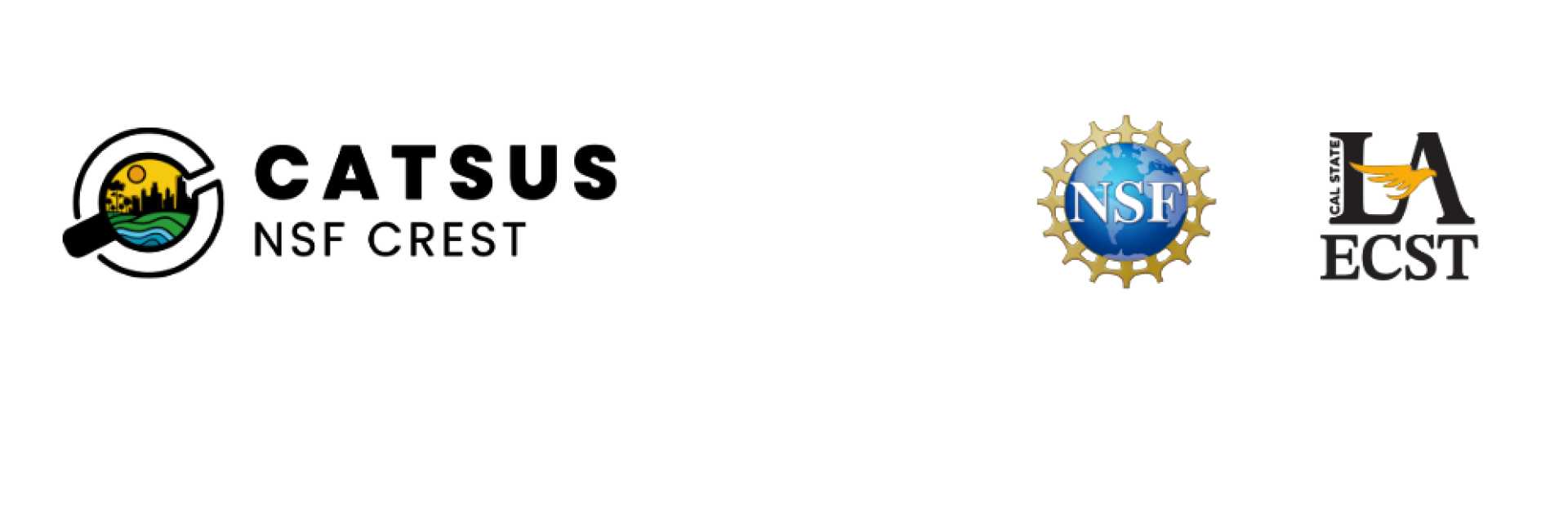CATSUS research faculty and students have access to state-of-the-art facilities, laboratories and research equipment. Recently, the faculty was awarded $1.7 million through NSF ARI2 to renovate several research labs and more than $2 million through NSF MRI grants for the acquisition of new equipment, including a Scanning Electron Microscope, ICP-MS and an high-payload centrifuge. Lab renovations and equipment acquisition will support the institutionalization of the Center.
Hybrid Imaging and Sensing Platform
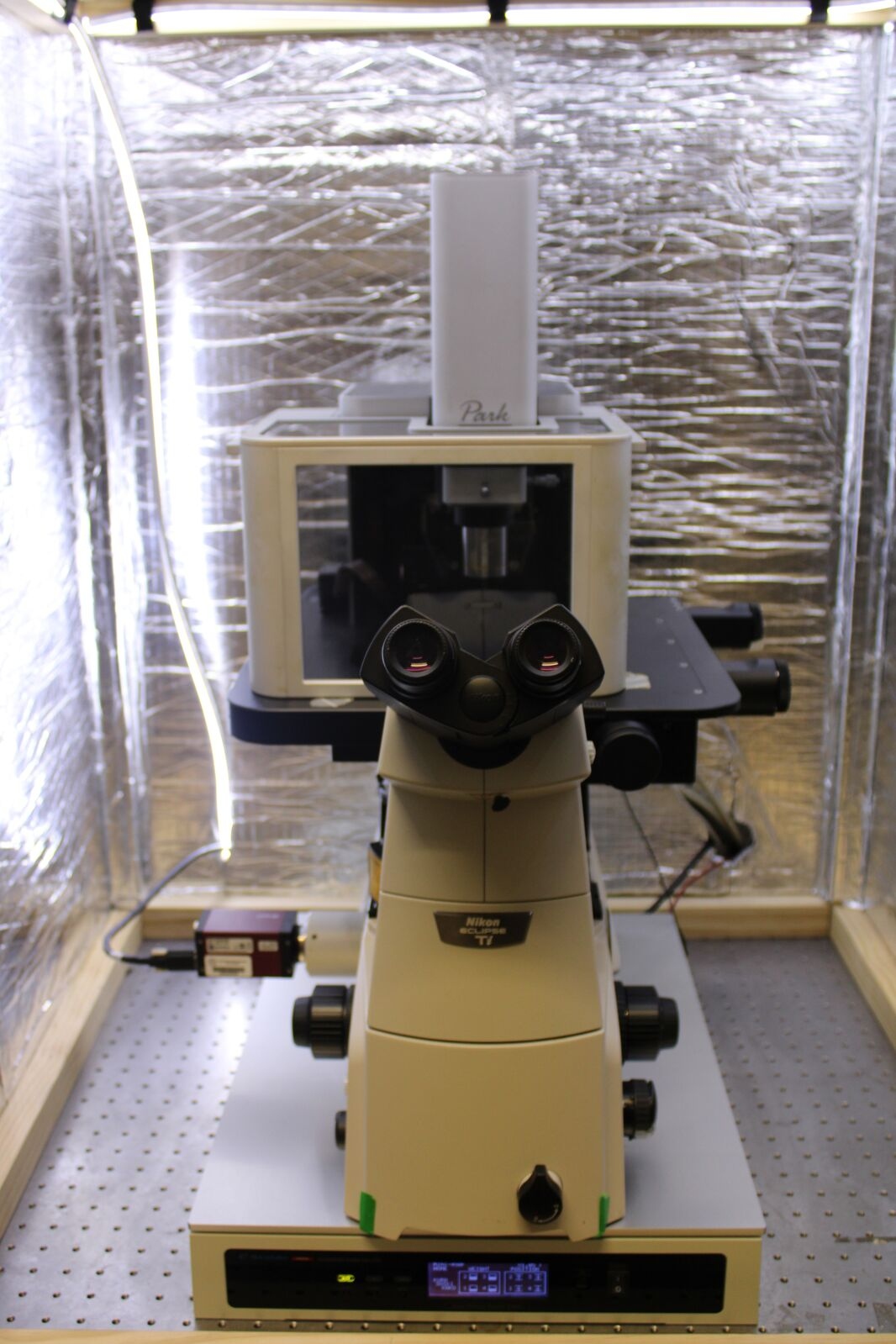
A novel platform that combines the strength of various analytical techniques including scanning electrochemical microscopy (SECM), scanning ion conductance microscopy (SICM), atomic force microscope (AFM), patch-clamp and resistive pulse-based sensing and delivery, and surface plasmon resonance microscopy (SPRM).
The Nanoscale Imaging and Sensing Lab develops imaging and sensing tools for single-entity analysis. Current projects focus on:
- Single-cell analysis in Parkinson’s disease
- Fundamental studies and sensing applications of electrochemistry at nanoscopic interfaces
- Application of analytical techniques to study environmental concerns such as particulate matter (PM) and microplastic pollution
- Single nanoparticle electrochemistry
Lab: Nanoscale Imaging and Sensing Lab
Lead researcher: Prof. Yixian Wang
Metrohm Ion Chromatograph Model 882 Plus with Chemical and CO2 Suppression
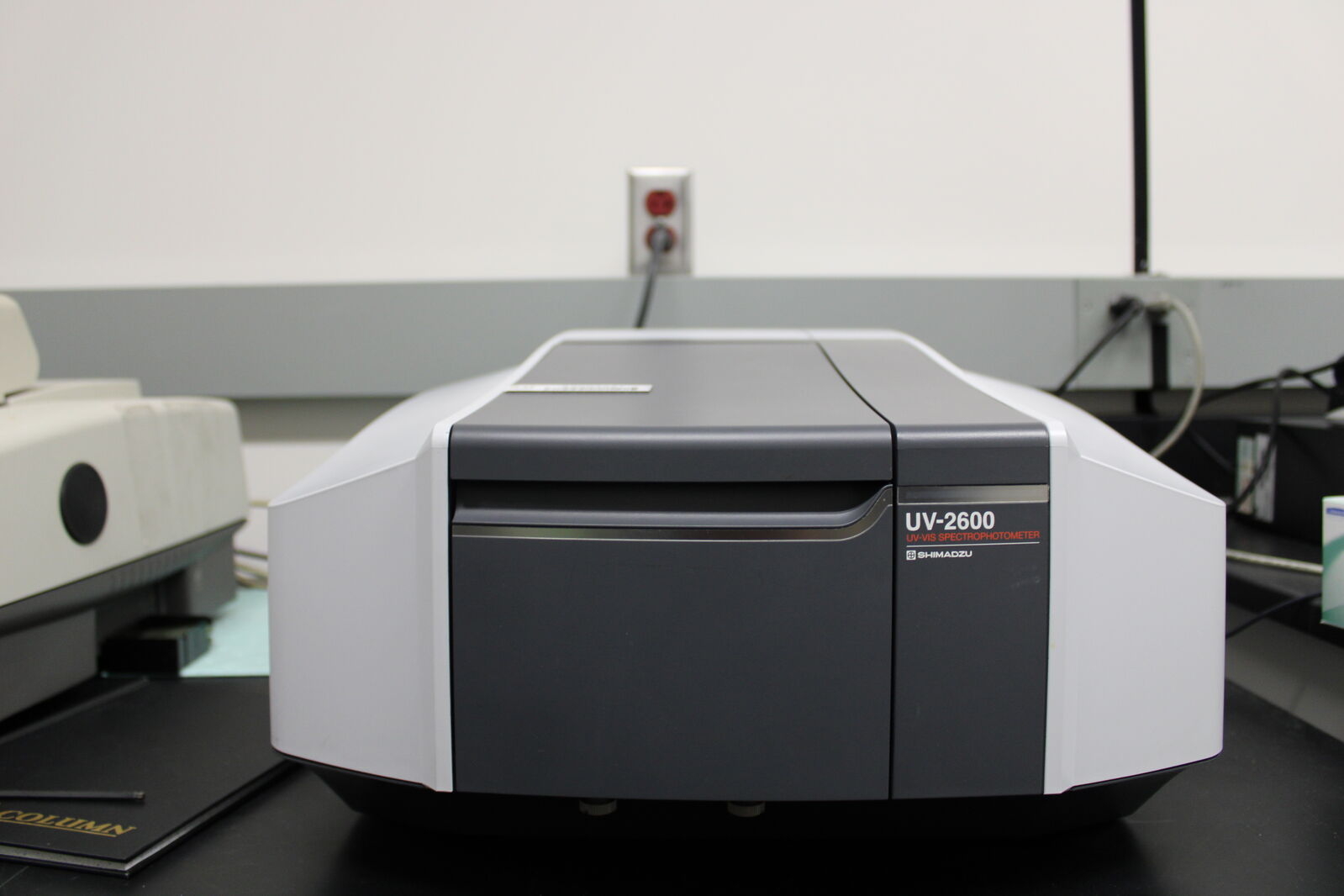
Includes chemical & CO2 suppression. Intelligent ion chromatograph. It can be operated with various types of detection.
The Photochemistry Research Laboratory focuses on the chemistry of singlet oxygen (1O2), the lowest excited state of the dioxygen molecule. Research explores reactions of singlet oxygen with heteroatoms such as phosphorus and sulfur. Mechanistic pathways of oxidation reactions are investigated using kinetic measurements, trapping experiments, and low-temperature observation of reactive intermediates.
Lab: Photochemistry Research Laboratory
Lead researcher: Prof. Matthias Selke
Particle Image-Velocimeter
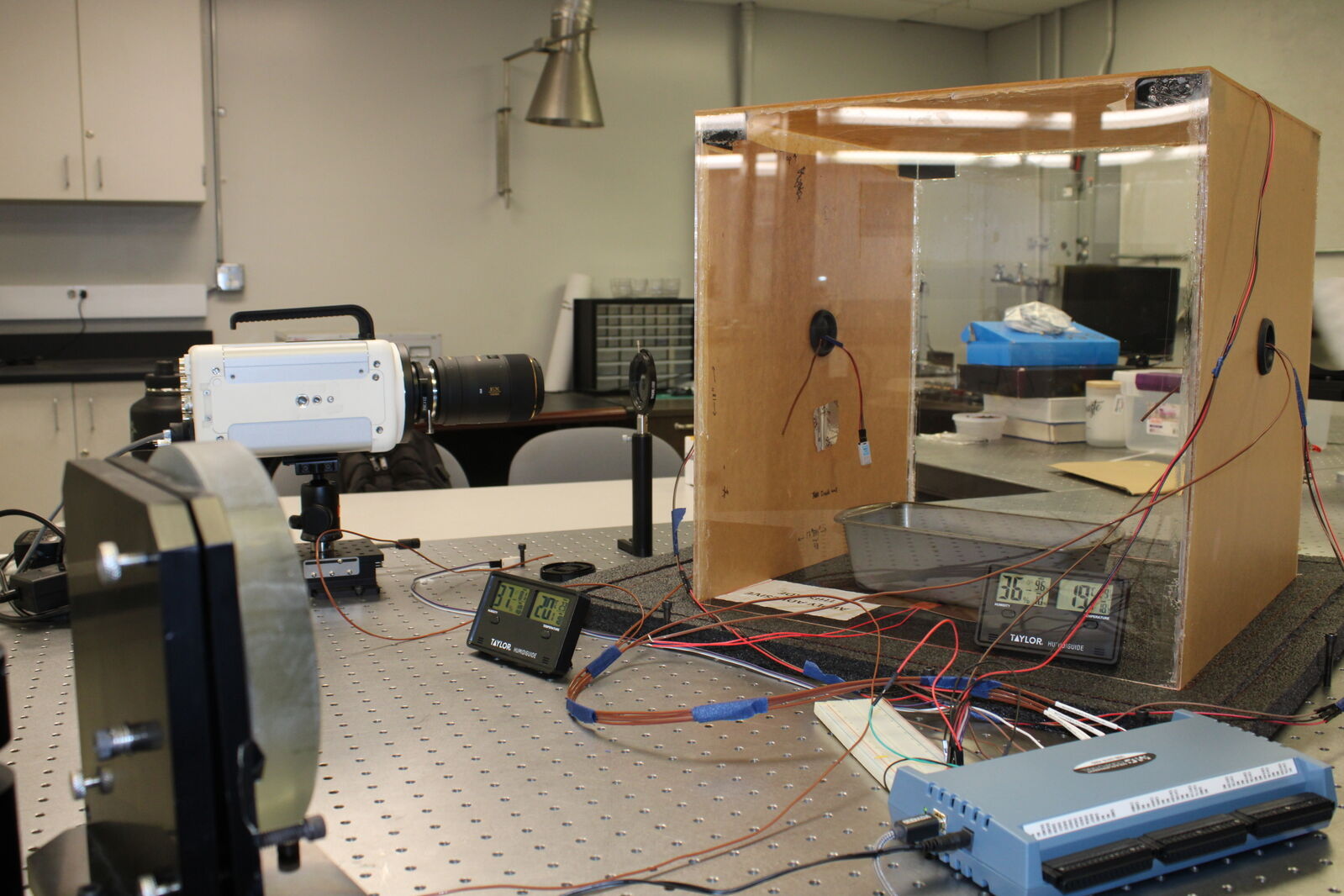
Can be used for efficiently obtaining instantaneous measurements and related properties in fluids.
Lab: Thermal and Fluid Systems Laboratory
Lead researcher: Prof. Arturo Pacheco-Vega
Scanning Electron Microscopy (SEM) Bearing Energy Dispersive X-Ray
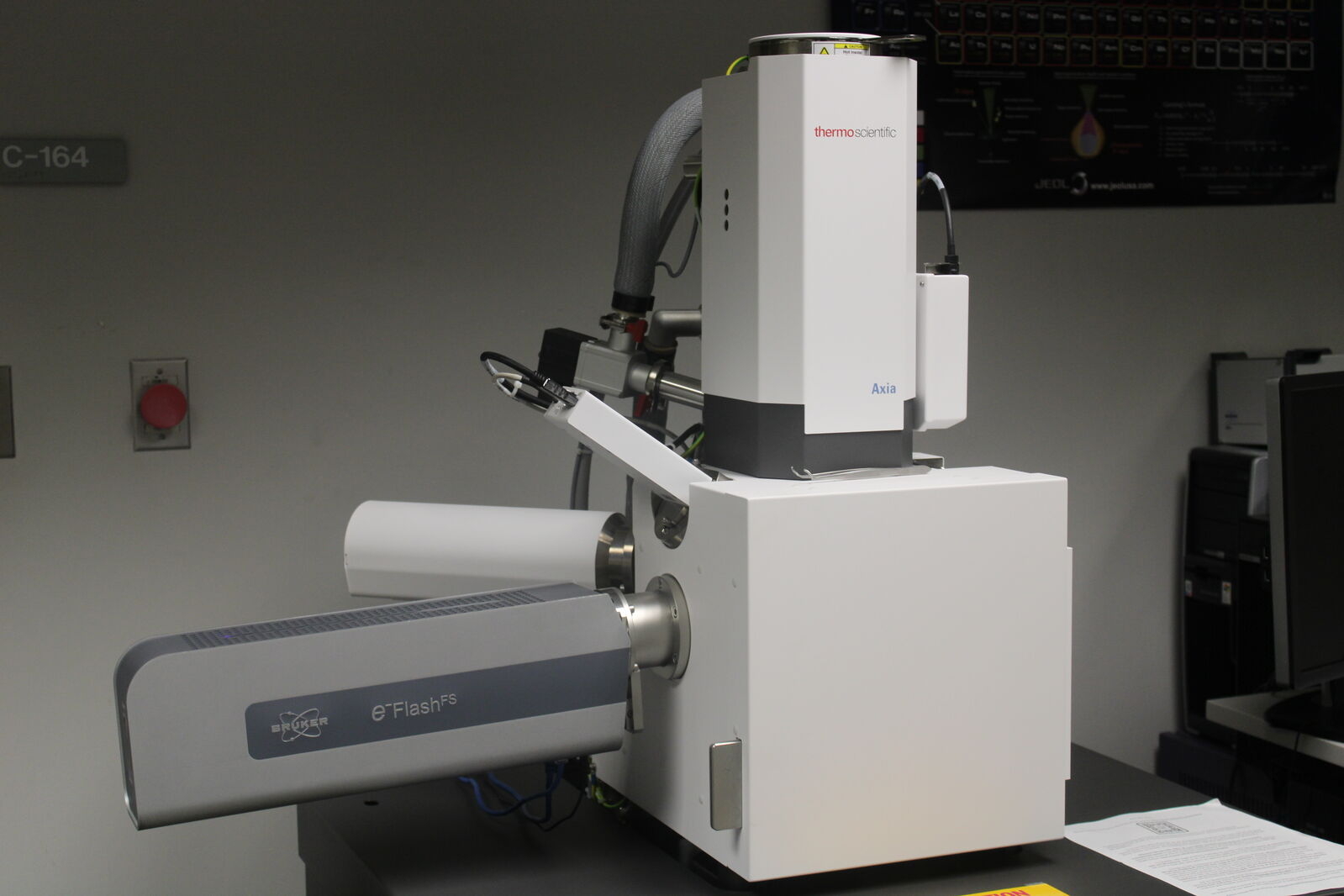
Our electron microscope produces images of a sample by scanning it with a focused beam of electrons.
Lab: Photochemistry Research Laboratory
Lead researcher: Prof. Matthias Selke
Perkin-Elmer ICP-OES Optima 5300
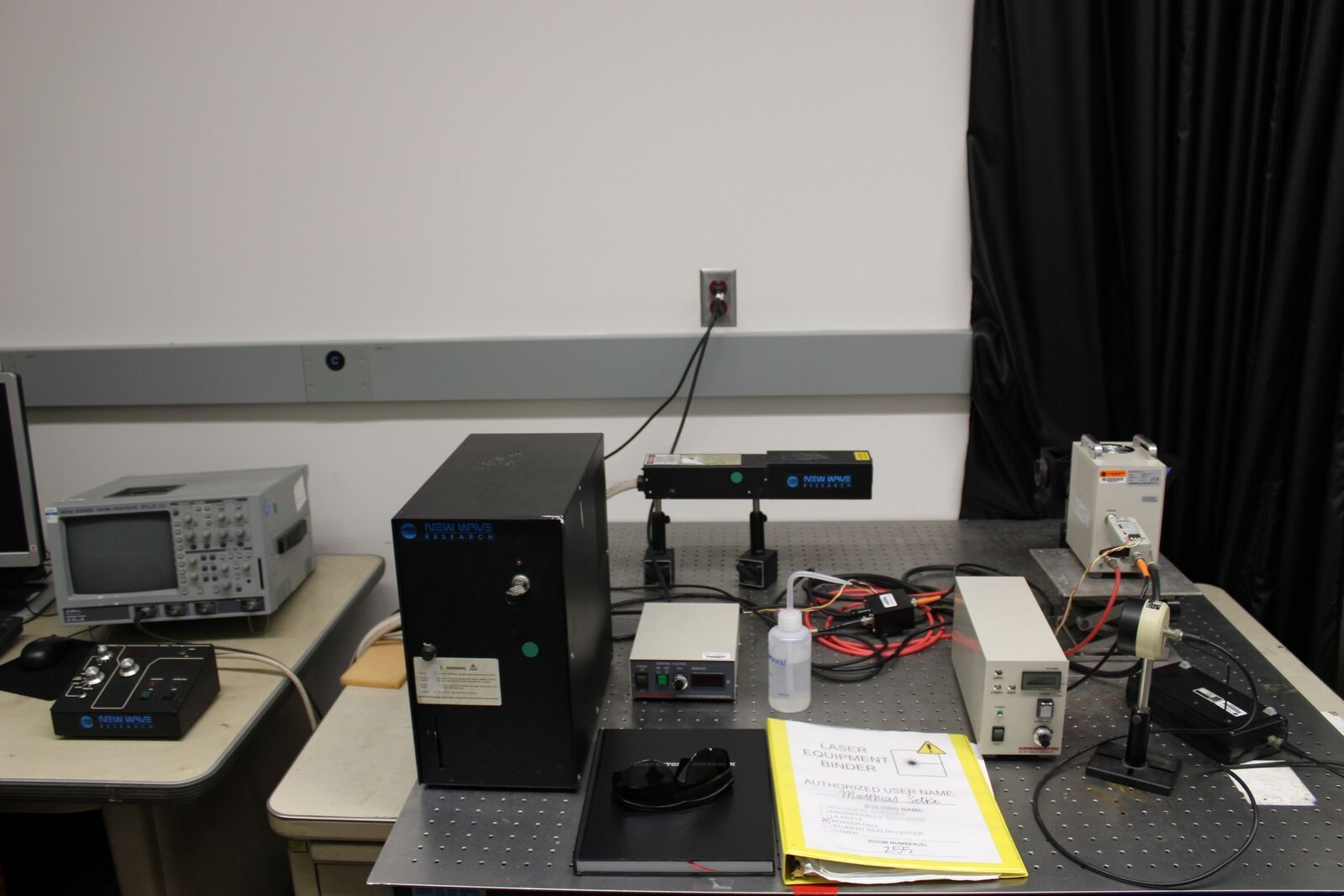
The Optima 5X00™ DV ICP-OES offers the performance required to maximize productivity. While other simultaneous ICPs claim “speed”, only the Optima 5000 DV Series has the optimized design required to ensure accuracy, improve method development, and consistently deliver the correct answer.
Lab: Photochemistry Research Laboratory
Lead researcher: Prof. Matthias Selke
Surface Plasmon Resonance Microscopy (SPRM) System
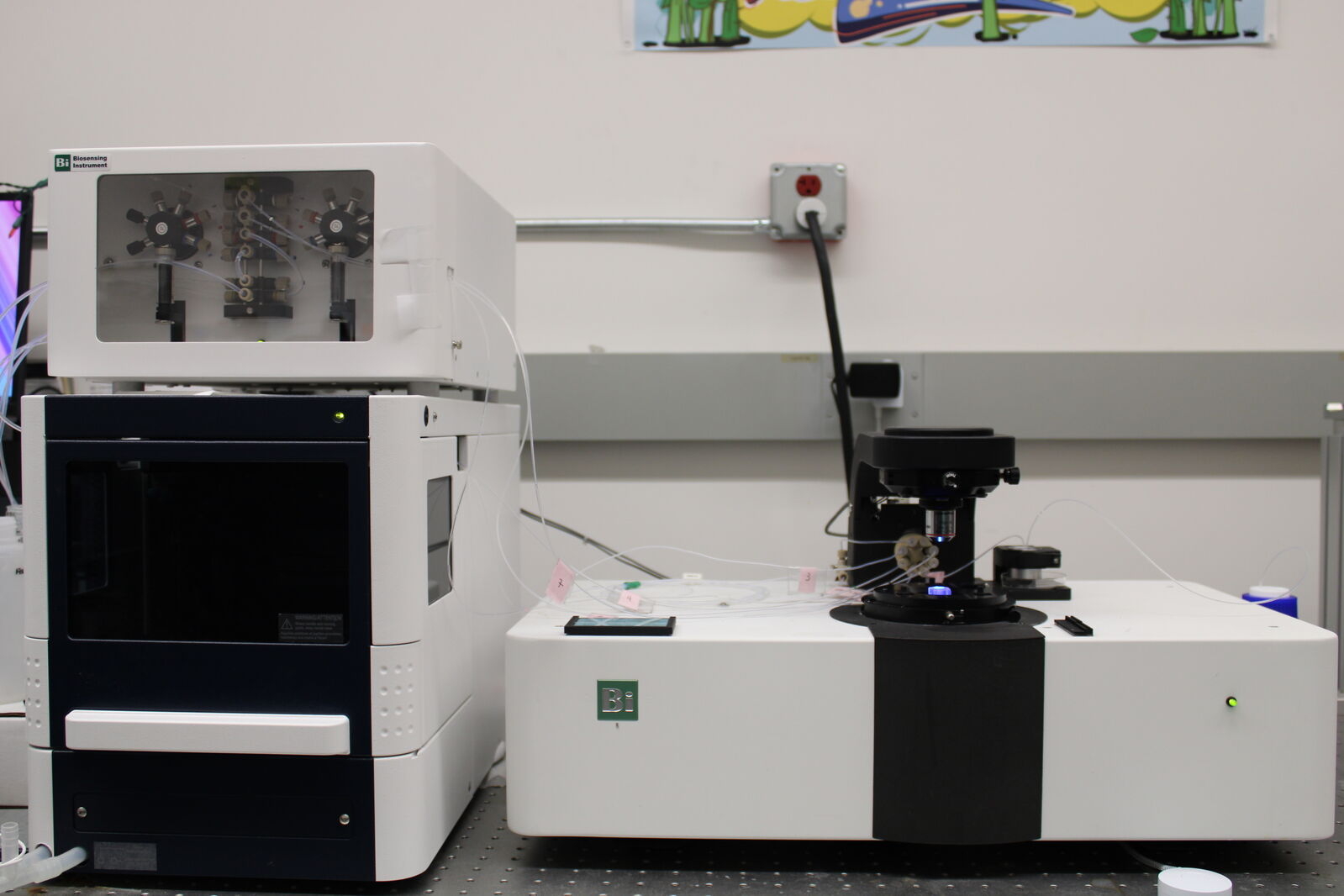
This commercial SPRM system from Biosensing Instrument integrates optical microscopy and SPR. It is a powerful technique for measuring binding activities of membrane proteins in vitro. It allows the simultaneous measurement of phenotypical changes of the sample via bright field and binding strength and kinetics via SPR.
Lab: Nanoscale Imaging and Sensing Lab
Lead researcher: Prof. Yixian Wang
Transmission Electron Microscope (TEM)
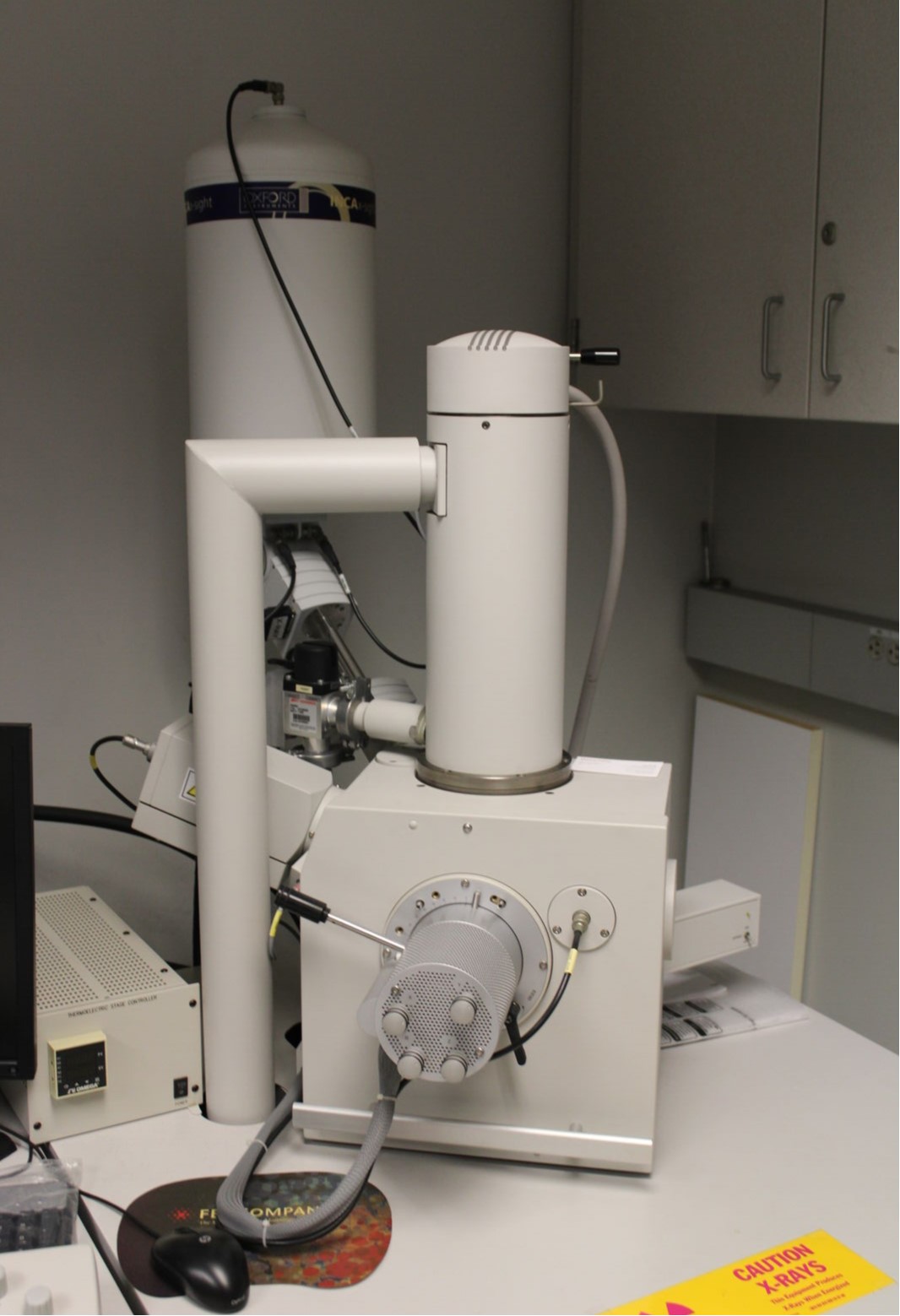
The transmission electron microscope (TEM) uses the basic principles of the light microscope but uses electrons rather than light.
Our research is centered around the chemistry of singlet oxygen (1O2), the lowest excited state of the dioxygen molecule. We have been exploring reactions of singlet oxygen with heteroatoms such as phosphorus and sulfur. We are especially interested in mechanistic pathways of such oxidation reactions.
Kinetic measurements, trapping experiments and low-temperature observation of reactive intermediates are performed to understand what type of peroxidic intermediates are formed. It is important to understand the nature of such reactive intermediates because they are often better oxidants than dioxygen (in its triplet or singlet state) itself.
Lab: Photochemistry Research Laboratory
Lead researcher: Prof. Matthias Selke
Arc-Melting Furnace
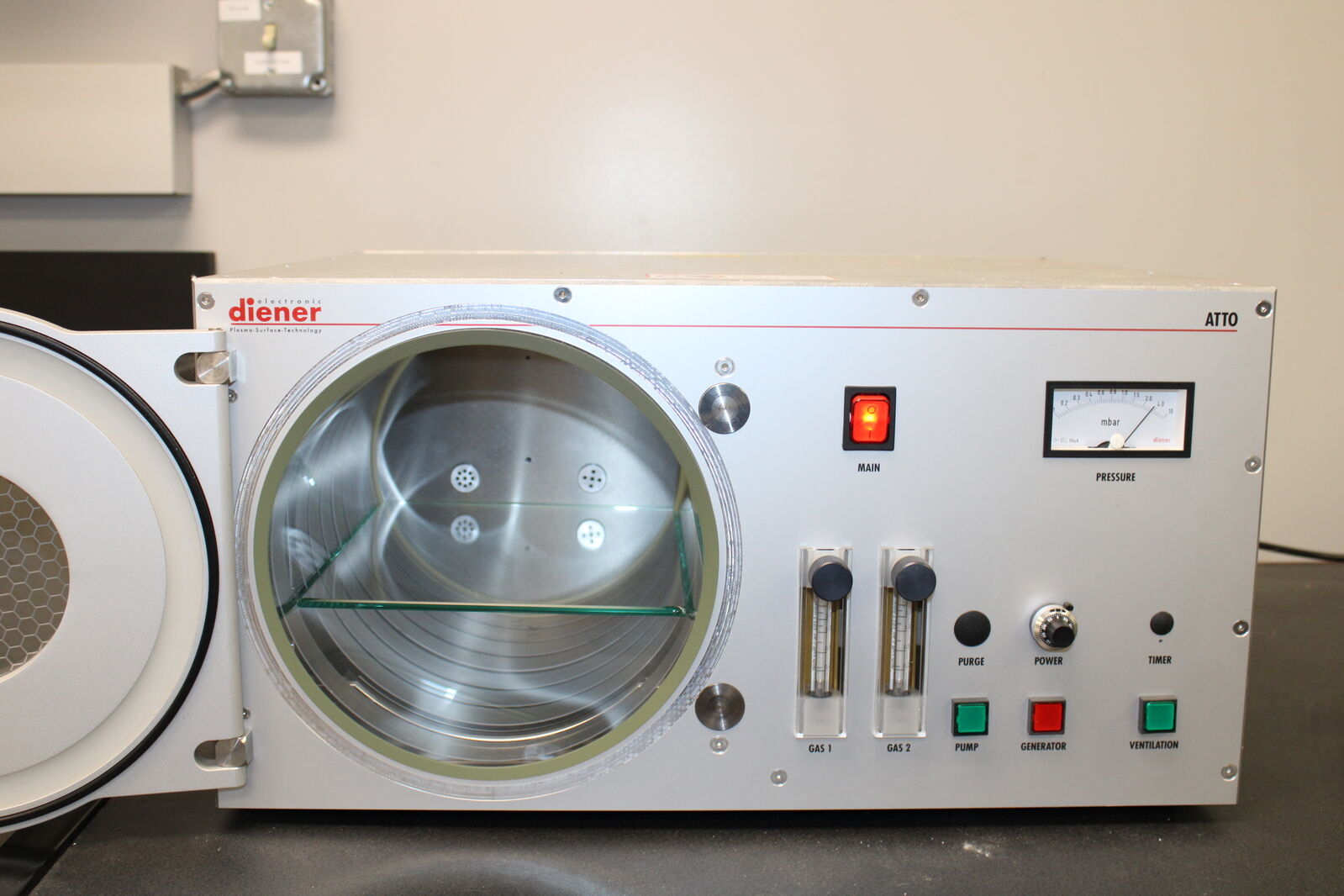
Effective for powder melting, arc casting, metallic and non-metallic buttons, annealing, compound synthesis, and material densification. See more at: Thermal Technology Arc-Melting Furnace.
Lab: Bio-Nano Materials and Interfaces Lab
Lead researcher: Prof. Travis Shihao Hu
Heidelberg DWL-66
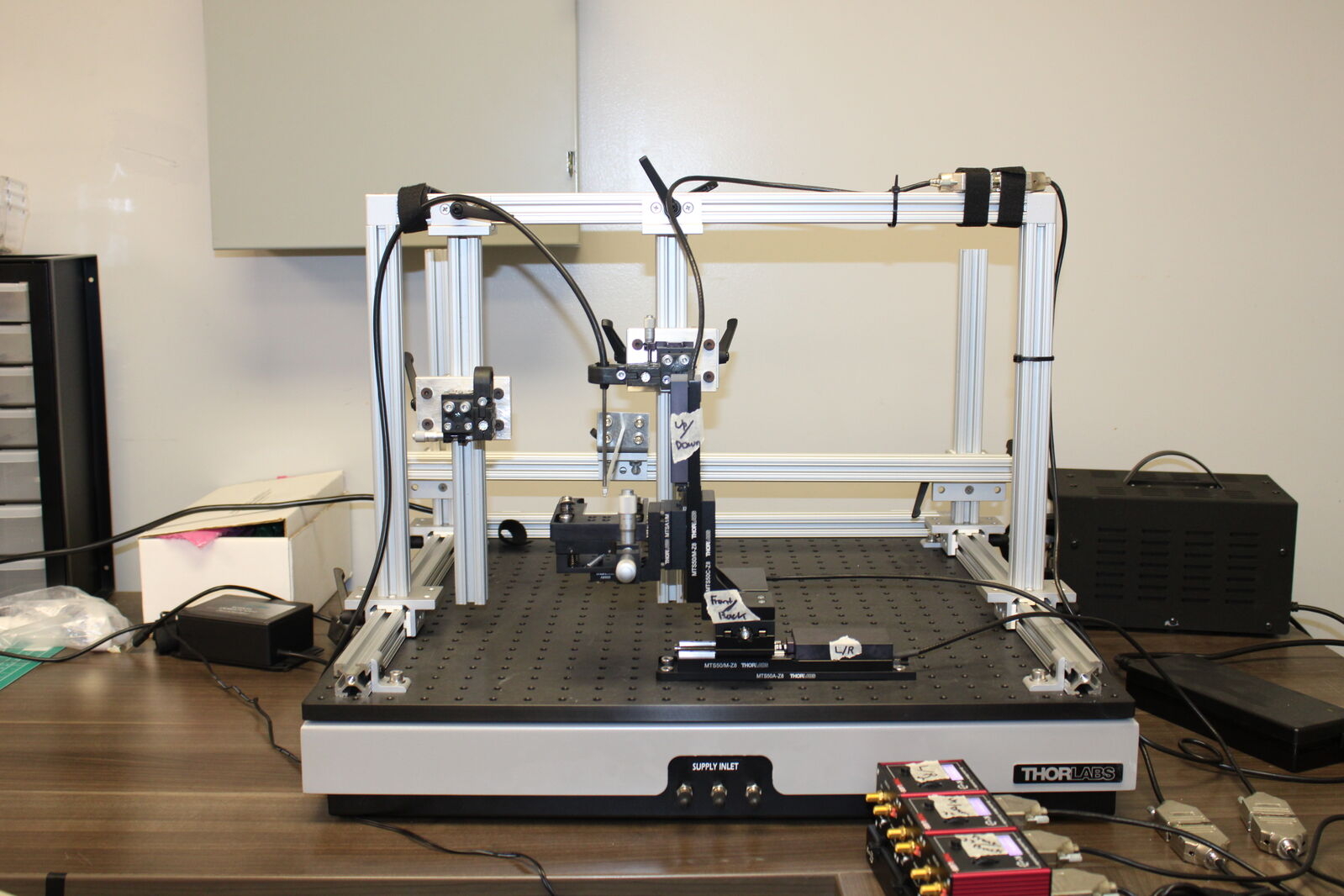
The capabilities and flexibility of this system make it the ultimate lithographic research tool in MEMS, BioMEMS, Micro Optics, ASICs, Micro Fluidics, Sensors, CGHs, and all other applications that require microstructures.
Lab: Bio-Nano Materials and Interfaces Lab
Lead researcher: Prof. Travis Shihao Hu
Pegasus BT GC-TOFMS
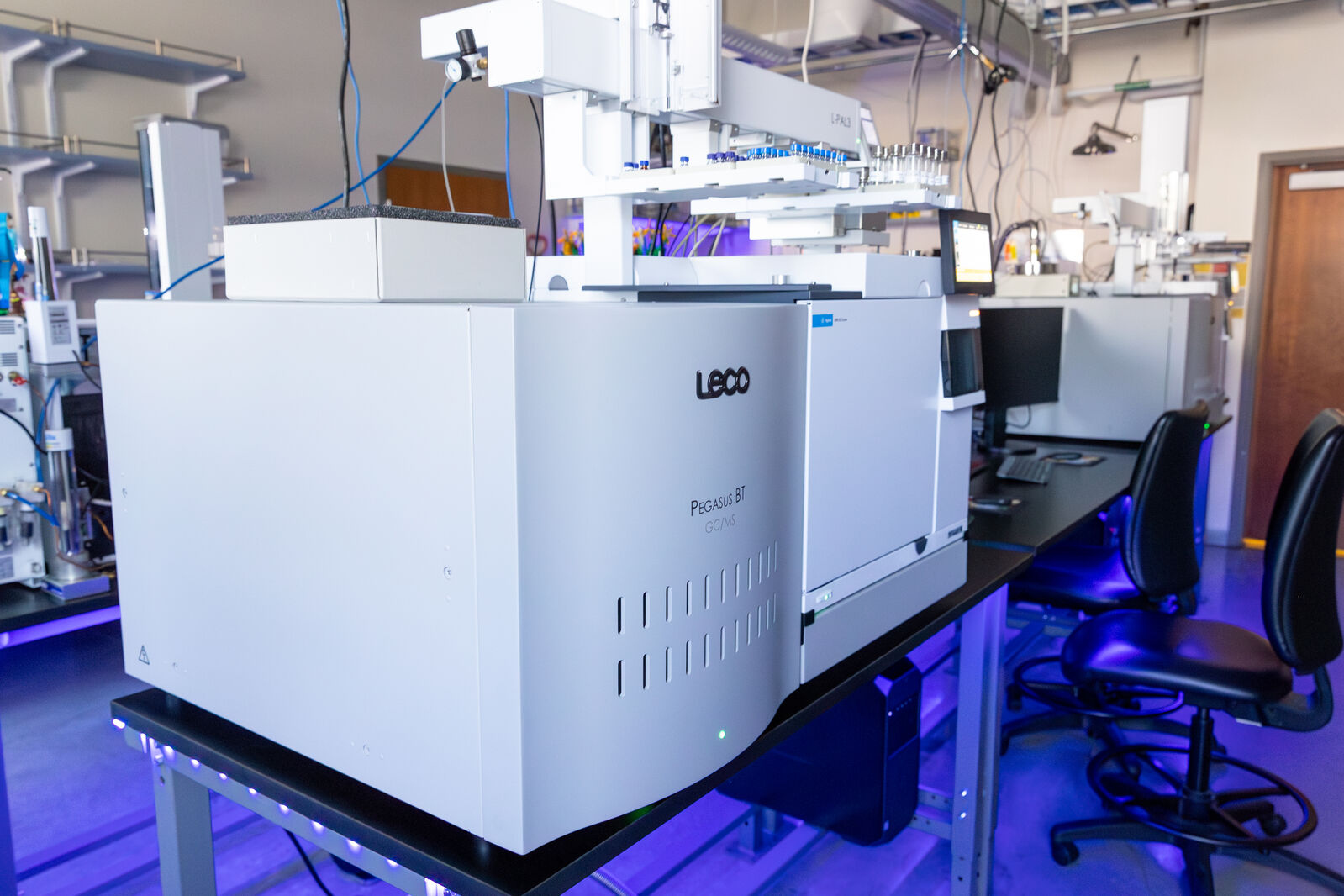
The Pegasus® BT allows you to achieve all of the data you need from a single sample run, while powerful yet user-friendly ChromaTOF software processes your data and removes the guesswork involved with analyte identification, quantitation, and reporting. The Pegasus BT gives users more uptime, improved chemical data, and an increase in overall productivity and efficiency.
Lab: Complex Chemical Composition Analysis Lab (C³AL)
Lead researcher: Prof. Petr Vozka
GC/MSD/FID
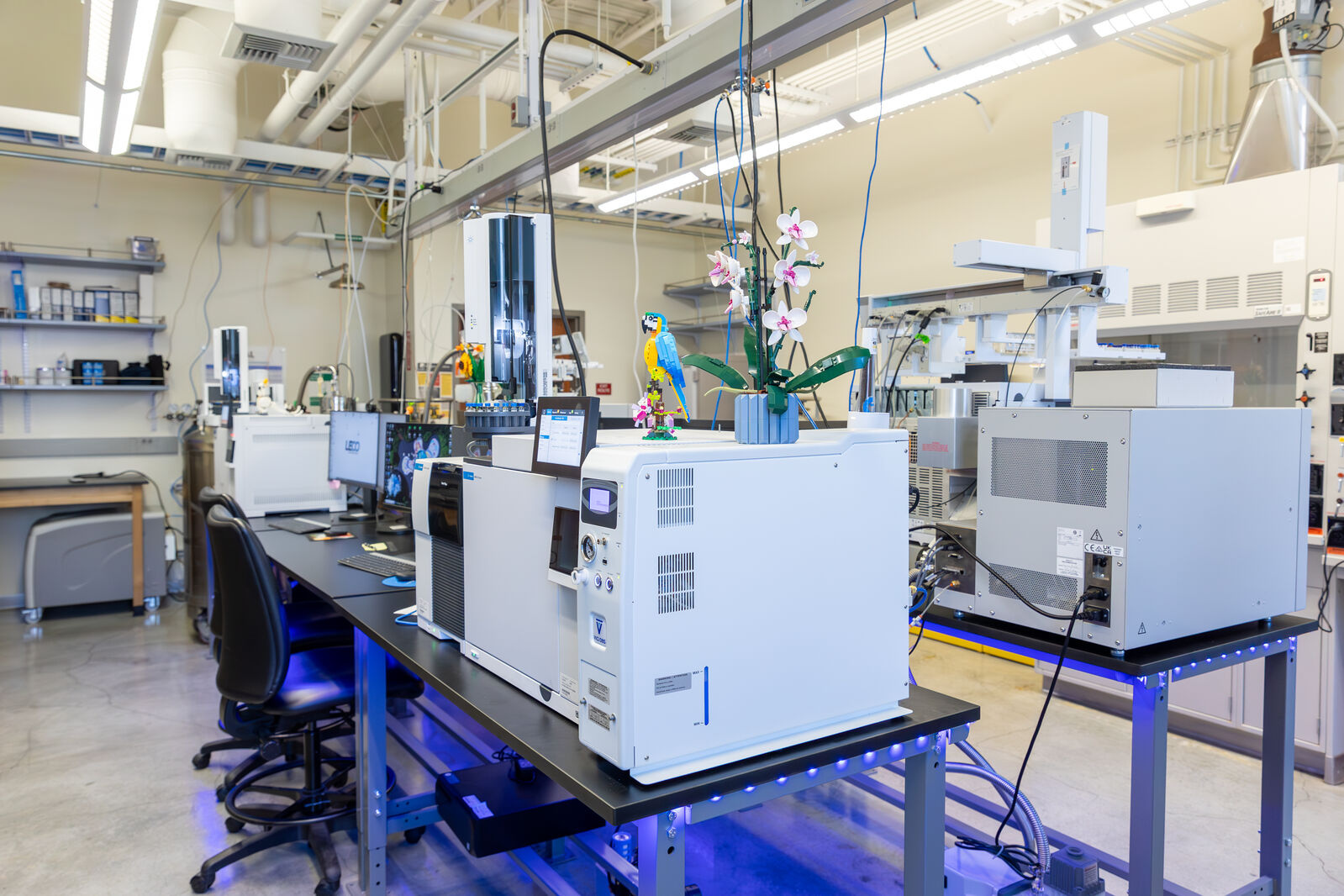
The Agilent 5977C GC/MSD is a routine and reliable workhorse for environmental impurities and food testing, chemical and petrochemical analysis, as well as the analysis of forensic and pharmaceutical compounds. With over 50 years of leadership in gas chromatography/mass spectrometry, the 5977C single quadrupole GC/MS is built on the legacy of a series of trusted GC/MS instruments.
Lab: Complex Chemical Composition Analysis Lab (C³AL)
Lead researcher: Prof. Petr Vozka
SVM 3001 Cold Properties
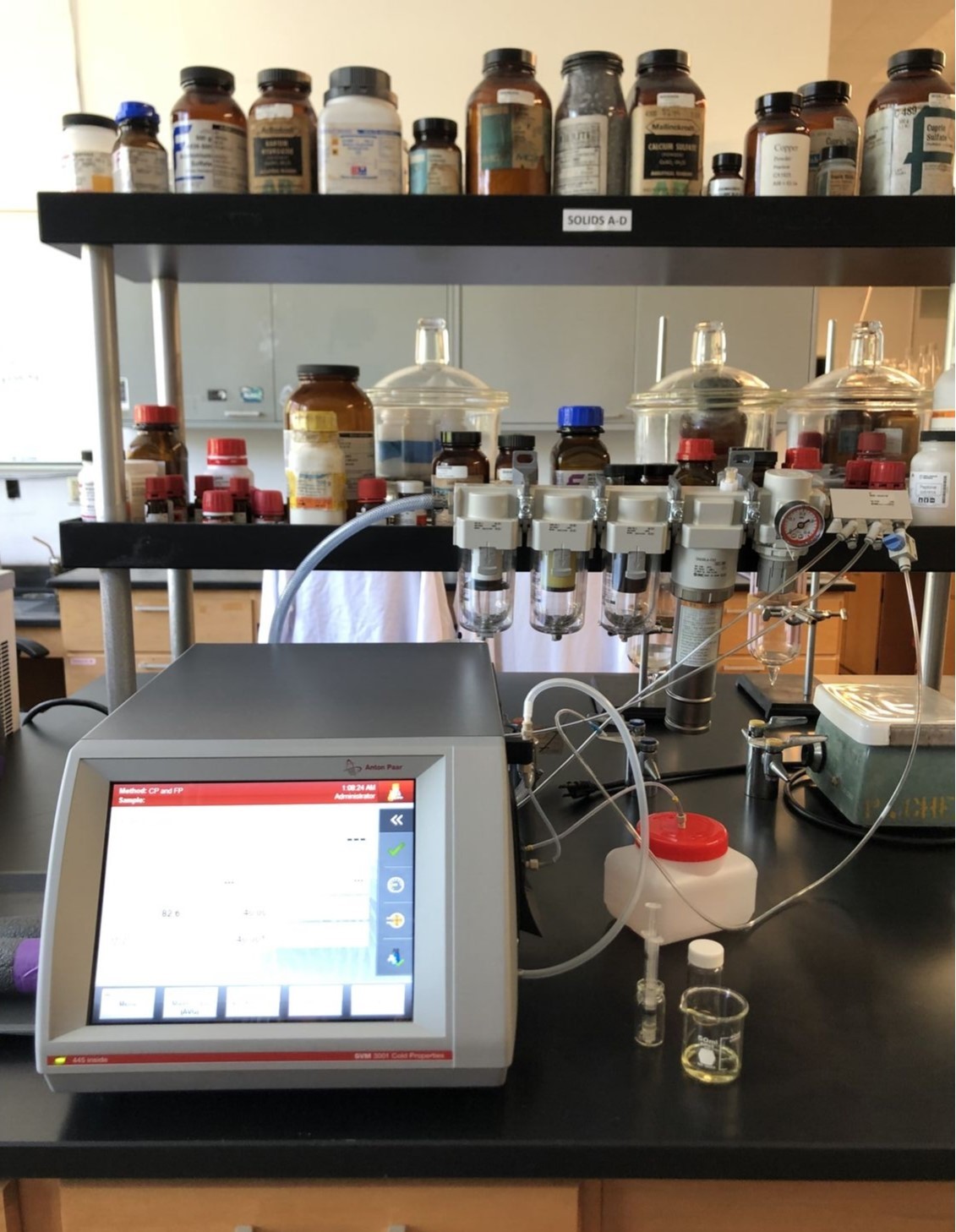
Our automatic kinematic viscometers determine kinematic and dynamic viscosity, density, viscosity index (VI), cloud point, freeze point, and many other parameters in one run. Exchange all your capillaries for a single unit.
The SVM series covers the entire range with one cell for maximum flexibility. Enjoy all the benefits of ASTM D7042 and report in both D7042 as well as D445 with the integrated ASTM-defined bias corrections. No matter the sample, there’s an SVM that fits your needs.
Lab: Complex Chemical Composition Analysis Lab (C³AL)
Lead researcher: Prof. Petr Vozka
Pegasus® BT 4D GC×GC-TOFMS
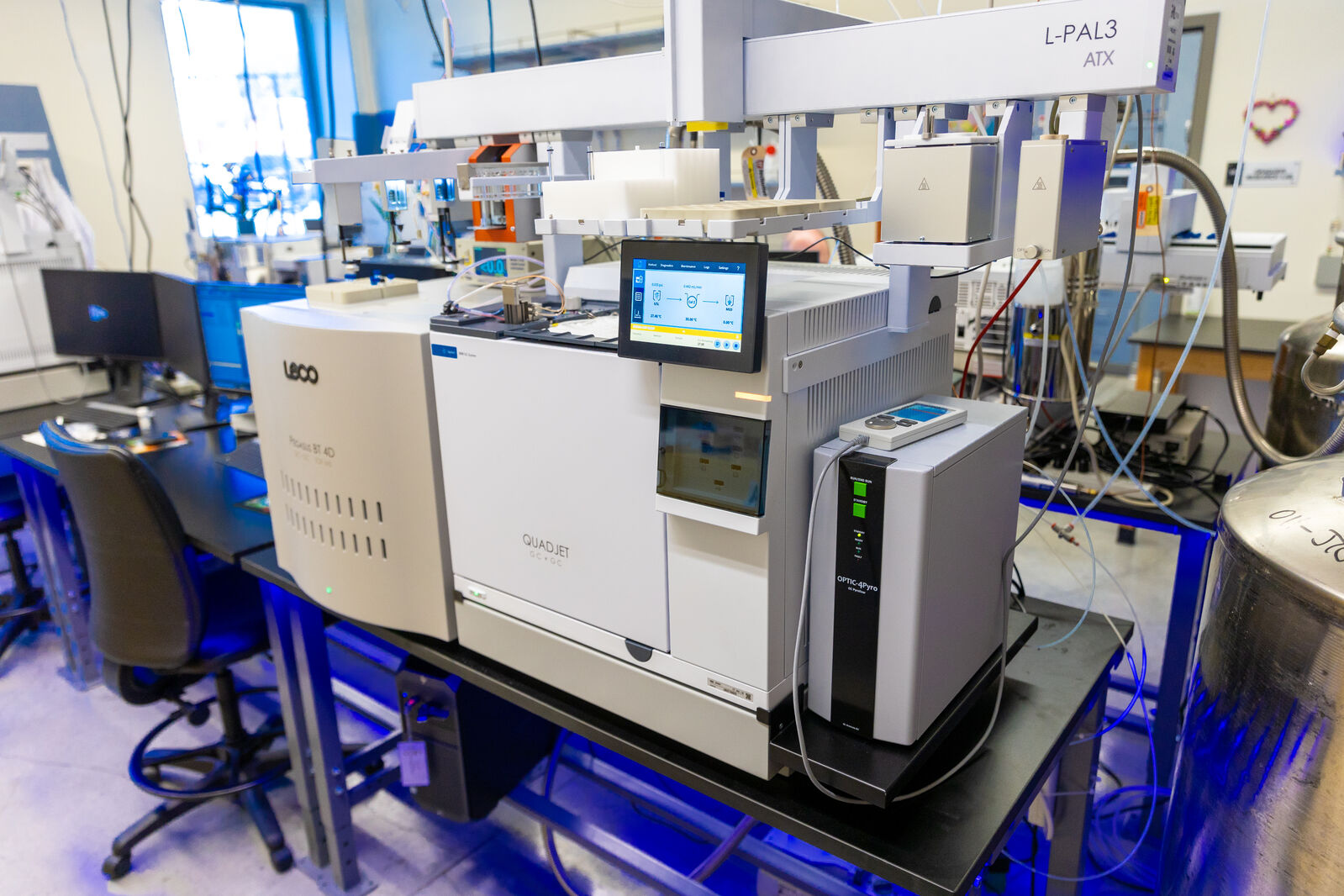
The Pegasus® BT 4D offers enhanced sensitivity by coupling our benchtop Pegasus BT with a high performance GCxGC modulation system. This combination gives the Pegasus BT 4D the ability to interrogate challenging samples where the best sensitivity is needed. Unique and powerful software and hardware features simplify quantitation, while also dramatically making GCxGC easy-to-use and understand.
Lab: Complex Chemical Composition Analysis Lab (C³AL)
Lead researcher: Prof. Petr Vozka
GC×GC-FID
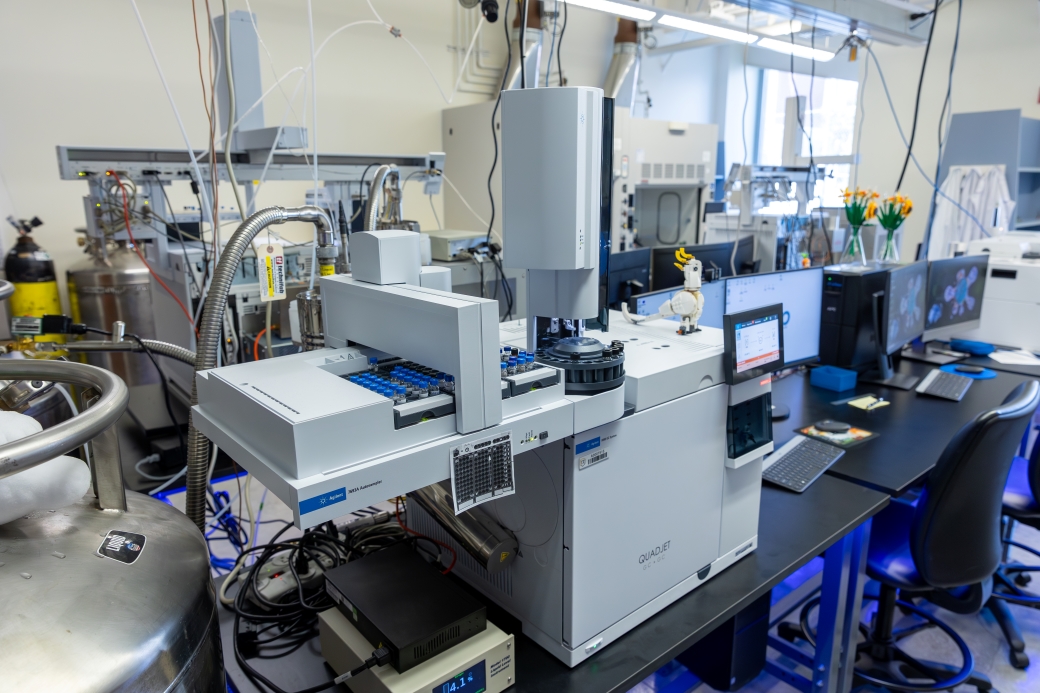
LECO's QuadJet™ SD is the ideal solution for samples which arrive in your lab. By combining the sensitivity of Flame Ionization Detection (FID) with the increased chromatographic resolution of comprehensive two-dimensional gas chromatography (GCxGC), the QuadJet SD delivers a better measure of the actual components of your sample than a straight GC analysis. No other system available on the market can deliver the same reduction in noise and error as the QuadJet SD.
Lab: Complex Chemical Composition Analysis Lab (C³AL)
Lead researcher: Prof. Petr Vozka
